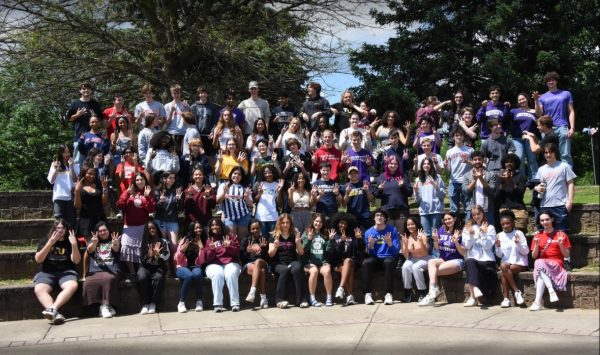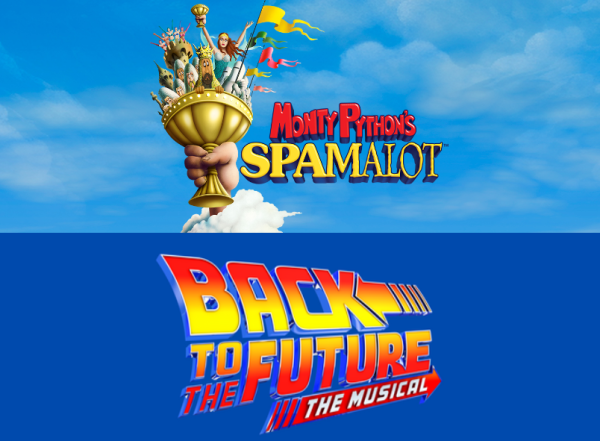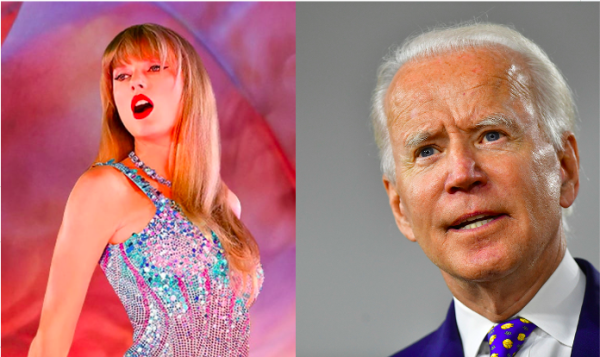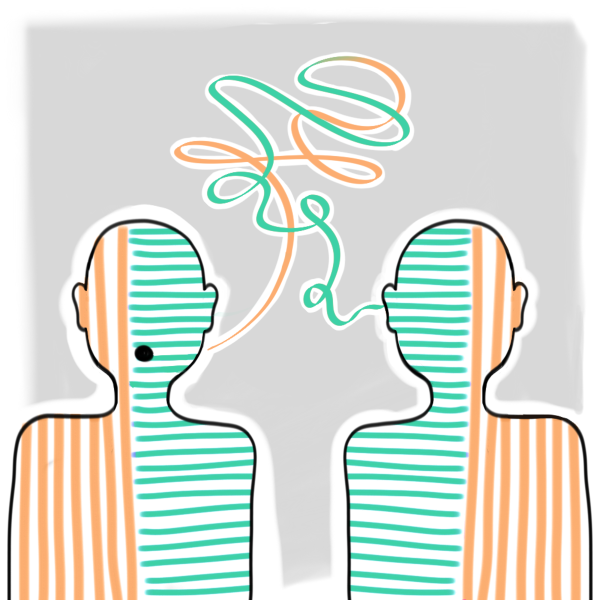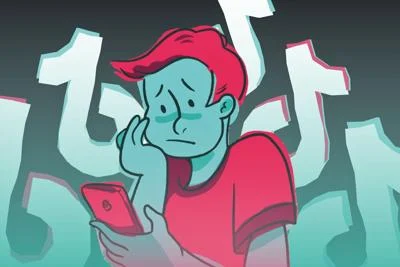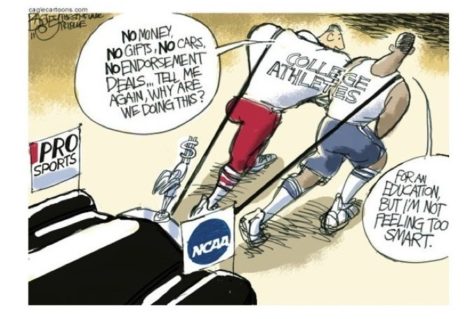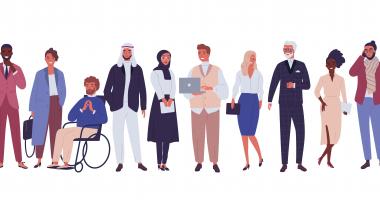My Last Statement
Much of my childhood freetime was spent nestled away in my father’s office as I shredded and filed away papers for fun. I was the office mascot of sorts–a little fella with a big voice who would burst with energy every time he came through the front door of his father’s office at Moskovitz, Graeter, and Faulks, a small medical practice in Washington, DC. When I first set foot in that office, I came face-to-face with diversity. My father’s coworkers were from different walks of life, some White, some Black, some Hispanic, and so on. My parents always made sure to never hide me away from the world and encouraged me to meet people from all backgrounds and ethnicities.
I was born into this world a blank slate, devoid of opinions about race, and unaware of the ideas of labels and how they develop in the minds of nearly every person on the face of the Earth. However, at Capitol Hill Day School, starting in Mrs. B and Mrs. T’s classrooms, I experienced a rude awakening about society’s fascination with categorizing people. I was often asked-
“Are you mixed?” I replied,
“No, no I don’t think so. What does that even mean?”
This was one of the first conversations I ever had at CHDS. In fact, this was the first real conversation that I ever had in my life that was centered on race. It was here that I was introduced to our society’s over-obsession with labels and making sure that everyone could be filed away in a box befitting their color, personality, or social class. While interacting with children who did not look like me was helpful in exposing me to the various cultures around me, it also put me in a unique position. Sure, I came to appreciate the uniqueness of others, but I also became pressured to identify who I was, and how I was supposed to act or think as a representative of my race.
Making fun of others for acting “so white” was a common pastime at CHDS. I was told that I “didn’t act black” or that I was so “well spoken.” For three years I was criticized simply for being me. I was not trying to act “white” or mimic my white peers. I simply wanted to live my life as I saw fit. Following my advancement from CHDS after sixth grade, I had a new beast to tackle: re-integrating myself into a predominantly black school environment.
During the fall of 2013, I transitioned to St. Ambrose Catholic school in the quaint town of Cheverly, Maryland. Coming from CHDS and having very little contact with other black children my age, I can admit that I was always a bit awkward around my own people. I was unaware of the importance of a “fresh cut” and how it spoke to my melanin and manhood. I felt no need to have the “baddest kicks” in town. I was utterly oblivious to hip-hop culture and slang, and had absolutely no rhythm. But I was home…back alongside my Brothers and Sisters.
I yearned to make up for the last four years I had spent NOT being Black—not being who I finally realized I was meant to be. Ultimately, I learned that I could achieve no such feat. Ironically enough, at both schools I was judged for acting “white” or not being “black enough.” At CHDS I was made to feel like an imitation of a white person, while at St. Ambrose, I was not considered an authentic enough Black person. This ultimately taught me that I can never satisfy everyone and that the only way to be at peace, is to satisfy myself. I now understand that the only person who can define me IS me. I am the one person who can spell out the name D-O-N-N-I-E and know exactly what it means.
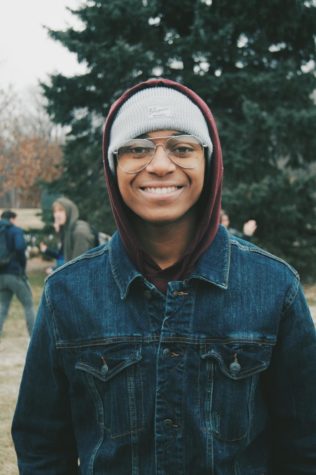
Hello, my name is Donnie Harris and I am a senior and have been at SSFS since 2015. This is my first year working on the Wildezine and I am excited to...



